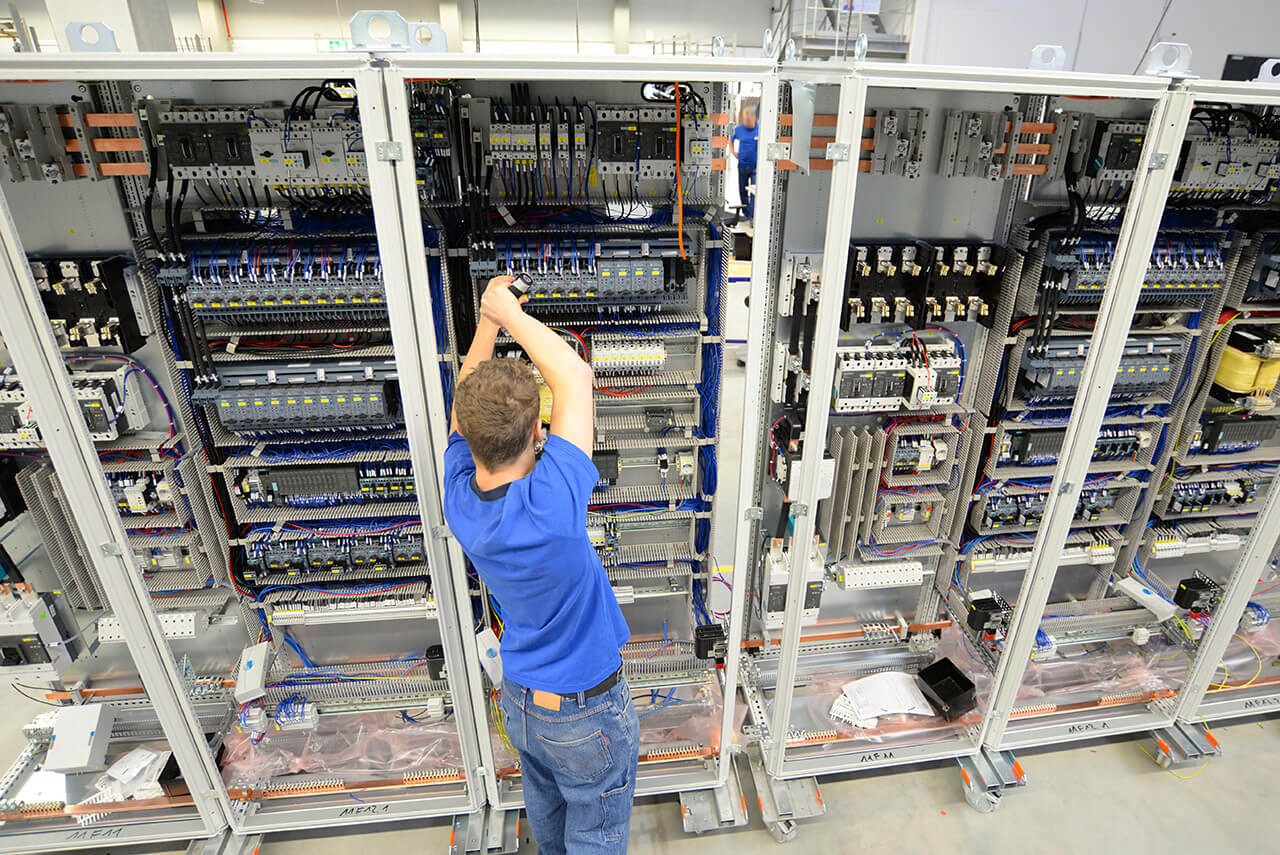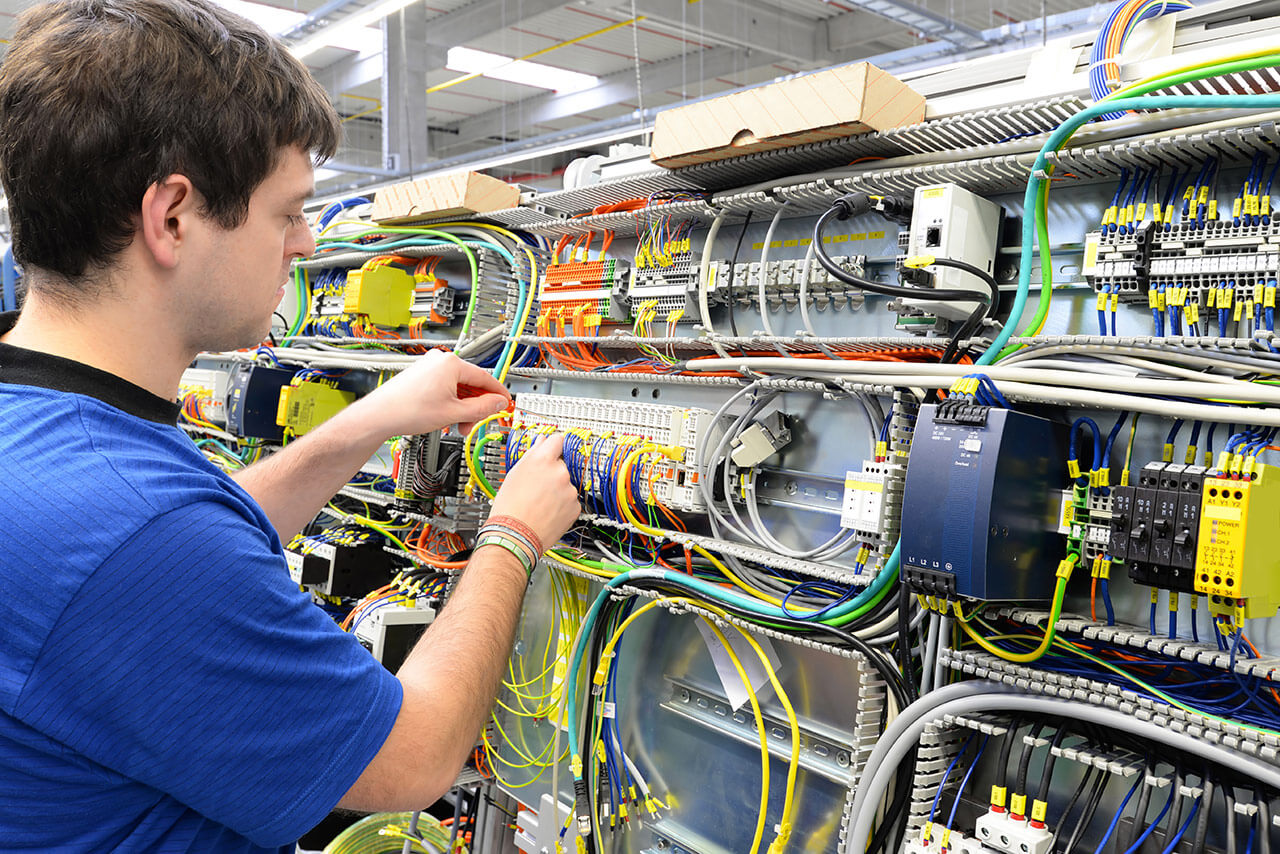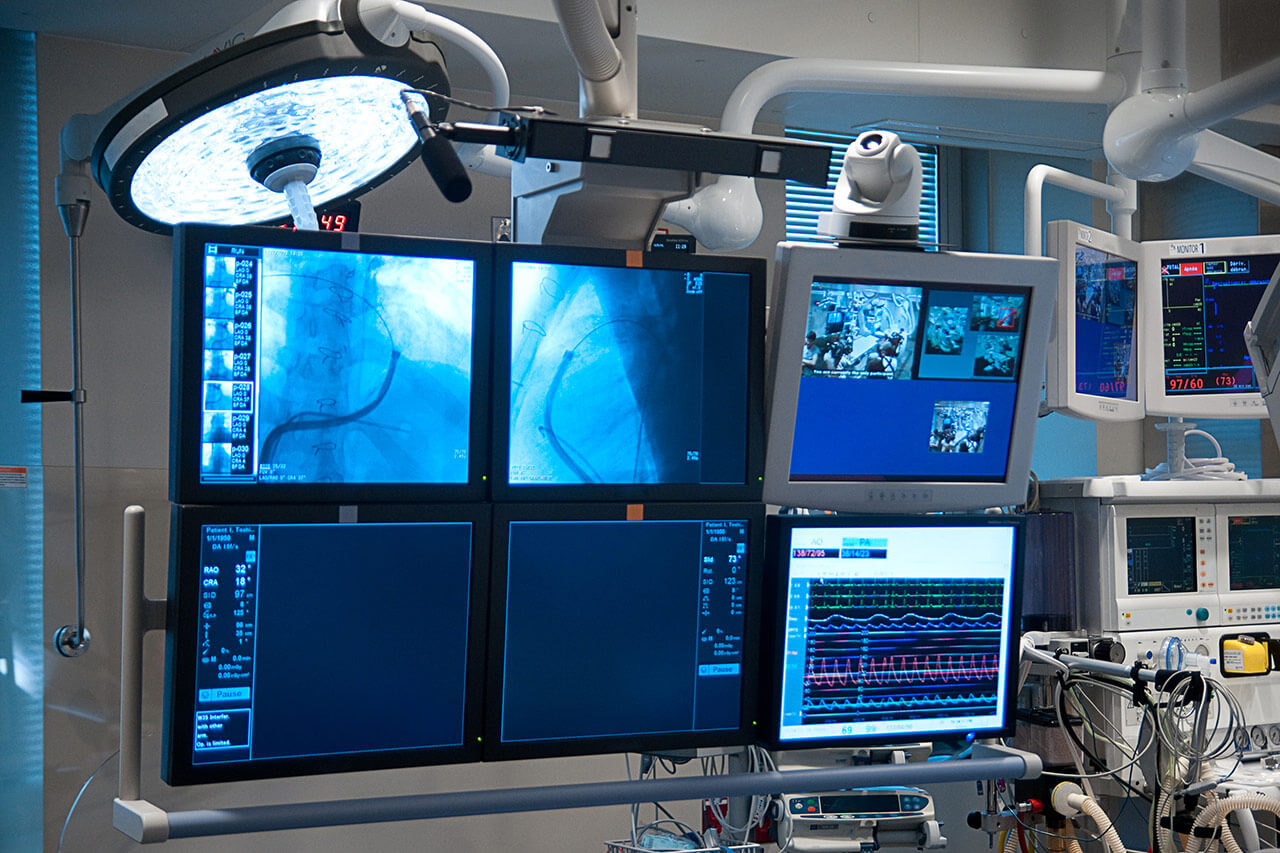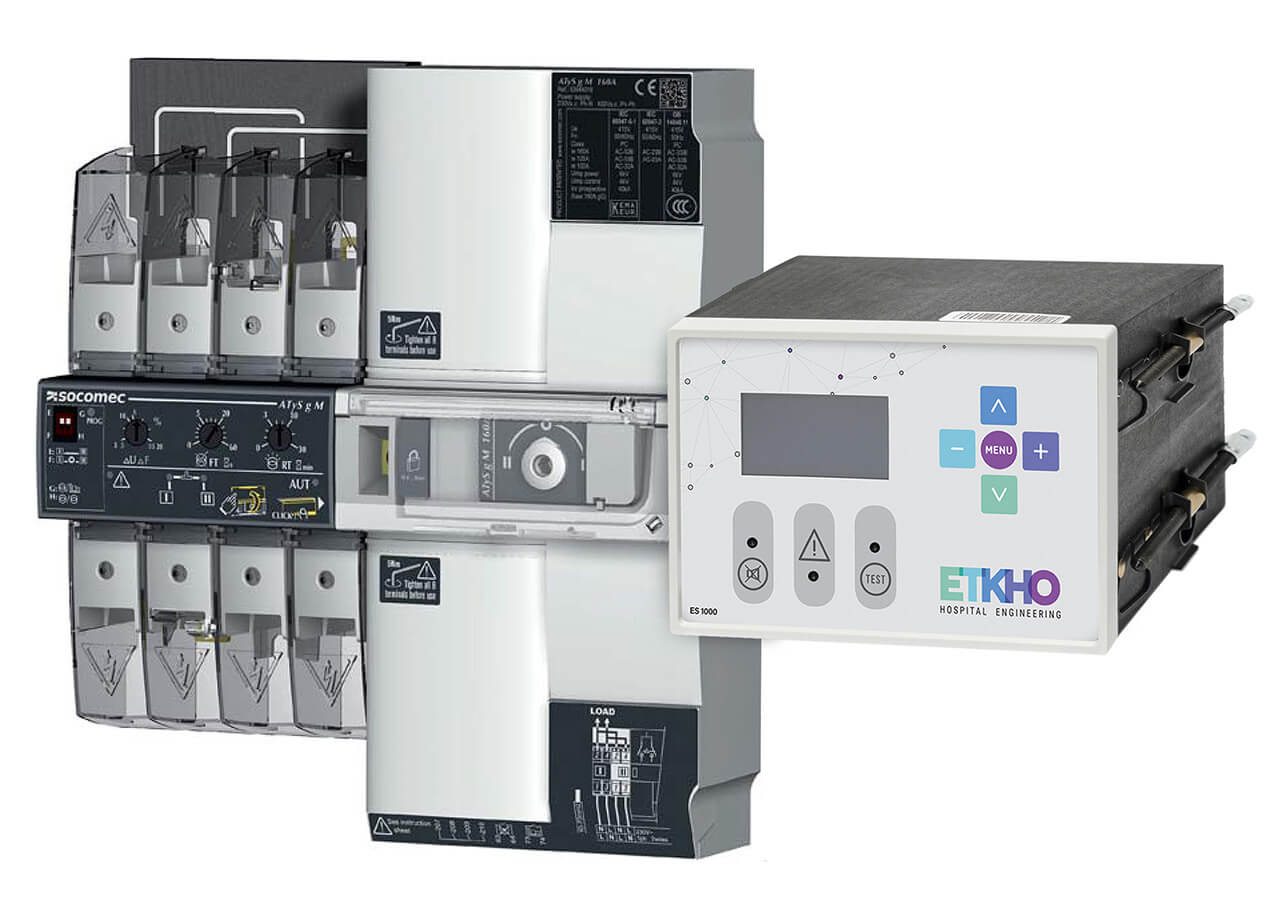These devices are crucial for the proper functioning of the electrical network in hospital areas, especially when faults may arise.
In recent times, the continuity of service in low voltage electrical installations has become essential. Especially in the hospital setting. This requirement is essential to create facilities that, economically and functionally, are efficient.
The reason? The reduction to the minimum of the problems derived from electrical failures thanks to a system that, automatically, is capable of switching the power supply from the main line to an emergency one.
“Automatic switching incorporates sequences that automatically control system components without operator intervention.”
Reliable, safe, compact and normative, the switch modules, as well as the sub-panels of IT systems or the cabinets of transformers, are in healthcare facilities quite different from the usual ones in the industry. They basically include many more components.

Thus, a switchboard or ATS (Automatic Transfer Switch) is a device that has one power output and two power inputs. One of them to the main source, normally the electrical network, and the other to an emergency source. Usually to a generator set.
The operation is simple. As long as everything in the network is correct, the input is on at the switchboard. However, if it fails or the parameters are not within the expected range, the system automatically disconnects the first mains input and switches on to activate the generator set power input. Thus, the supply continues until the network stabilizes again, doing the reverse process.
Advantages
Within the scope of health centres, installing an automatic switching system entails a series of advantages:
• Provides high quality voltage supply if the main network is not operational.
• Reduces the negative effects derived from network failures, such as loss of stability, voltage drops, failures in sanitary equipment, etc. Something fundamental for the life and health of patients.
• The perfect symbiosis between profitability, simplicity and reliability.
• Provides healthcare personnel with a power source that can supply the installation or part of it while maintenance operations are carried out on the transformer.

Types, uses and recommendations in hospital areas
For automatic switching in general, and in particular switching from the mains to a generator set, we find several technologies available on the market.
The simplest is the pair of contactors, that is, two electromechanical switches that establish or interrupt the passage of current as the coil is energized.
The motorized switches allow managing the two power supplies to make an alternative or simultaneous supply.
Motorized switches are a single device that activates one power source or another through an internal motor drive. These elements are the ones that work best at a practical level in hospitals, given their ease of assembly, high durability and manoeuvrability.
Depending on the devices, we will find some that, in a single housing, allow space savings in installation, simplifying wiring and reducing potential error.
This is decisive insofar as the most suitable automatic switching systems are chosen according to the budget and the dimensions of the installation. For this reason, among other things, the figure of the hospital engineer is increasingly valued.
In hospital areas, power outages can become frequent, as well as overvoltages that cause damage and malfunction of switchboards. This results in problems in the transfer of power supply. Cost overruns, economic losses or damage to the health of patients are the main consequences.
Therefore, a good choice of automatic switching systems is vital. These elements go hand in hand with the optimal electrical installation in healthcare centres.

COMM ELEC – ES1000
Automatic switching system
power supply with IT system monitoring

The automatic power supply source switching system incorporates load separation switch and IT system surveillance, for medical use, in group 2 areas.
Includes mechanical lock and manual operation in the same equipment.
Fast switching less than 180ms.
Optional by-pass.
Conclusion
Preventing overvoltages and instability in the electrical networks of hospitals, anticipating future incidents, cuts in supply and extra costs in the installation, implies having the best automatic switching systems.
There are several factors that influence these systems: the power supplied, the voltage, the budget or the network frequency. Therefore, it is necessary to have systems that carry out, with the maximum guarantees, the transfer of energy supply between the grid and the generator set.



